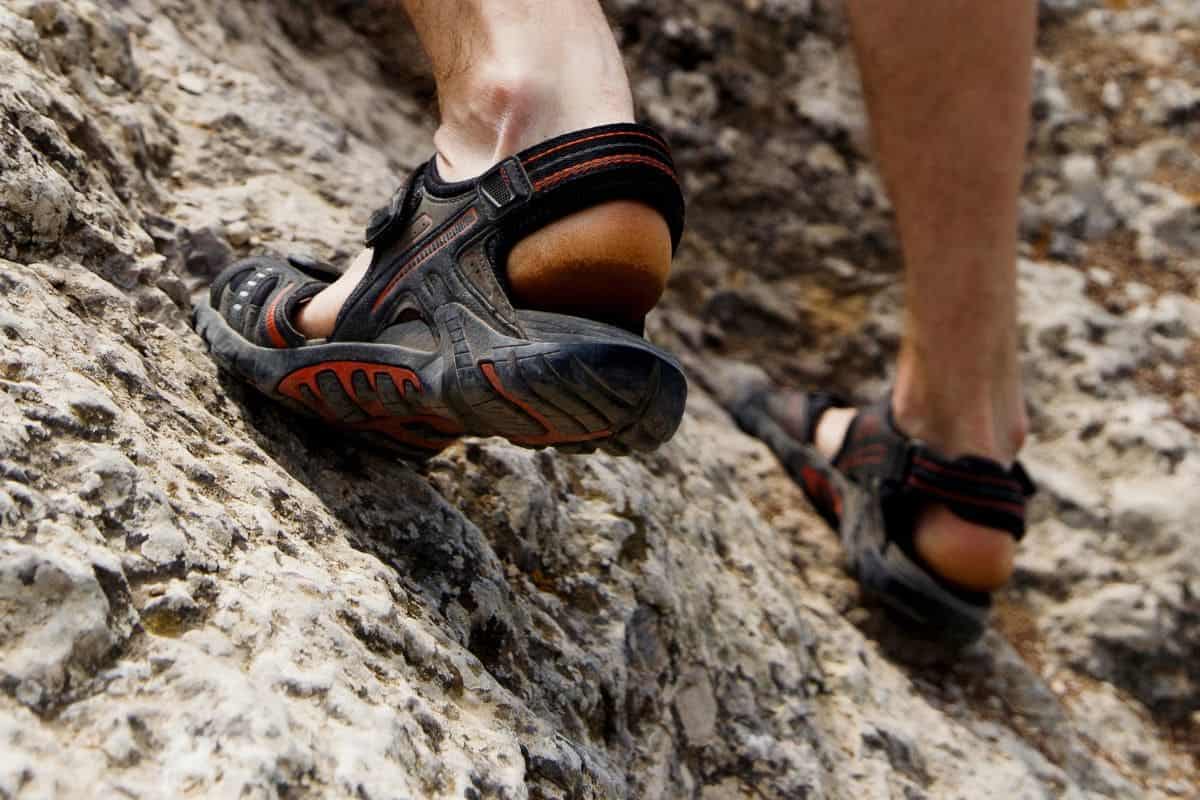America has some of the best and most dangerous hikes in the world!
Thrilling hikes offer breathtaking beauty and significant dangers, including narrow ridges and unpredictable weather, demanding respect and careful preparation.
Therefore, these adventures require a deep respect for nature and strict adherence to safety protocols to successfully navigate their life-threatening challenges. For thrill-seekers, let’s get into the danger.
Highlights
- Hiking can be thrilling but also brings significant risks that need to be recognized.
- Some of America’s most famous trails are also among the most dangerous, requiring careful planning and caution.
- Safety and the preservation of nature are imperative on these challenging hikes.
Famous and Dangerous Hiking Trails
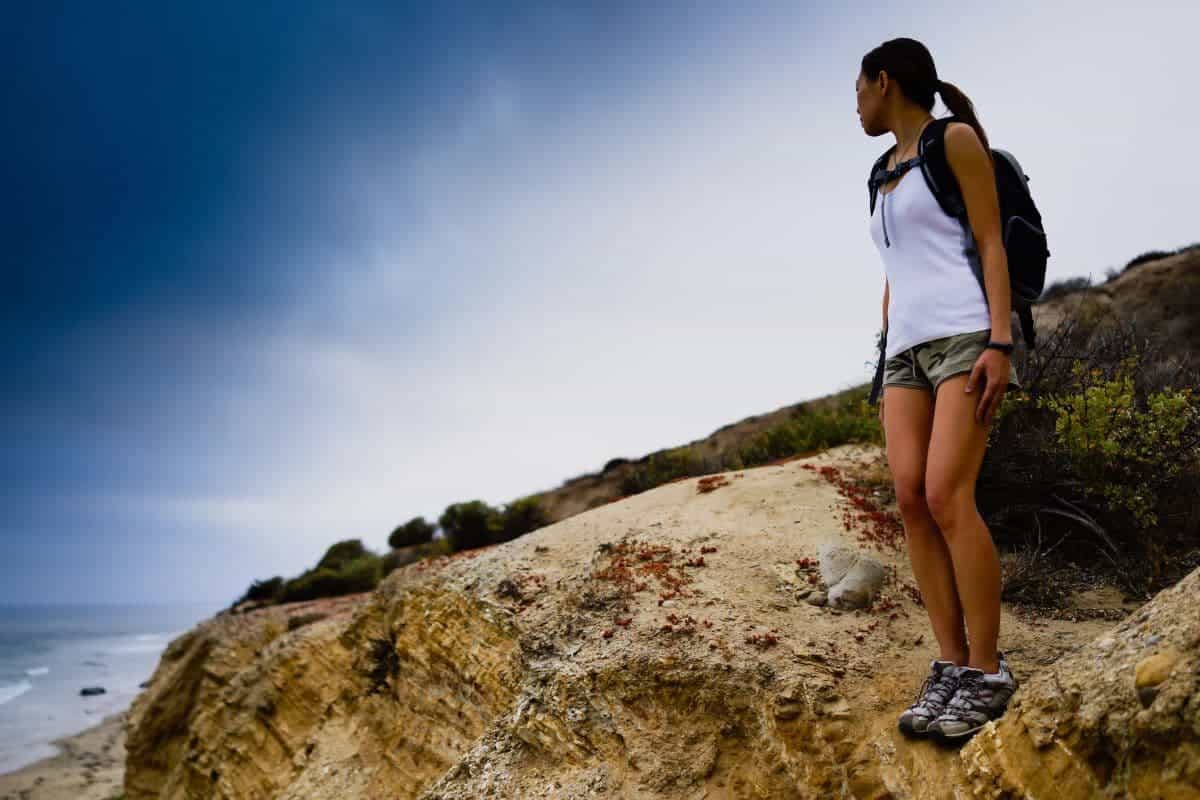
When you’re seeking adventure on America’s trails, be aware: stunning views come with high risks. Here’s a rundown of treks that are as breathtaking as they are treacherous.
1. Mount Washington’s Deadliest Paths

Mount Washington, New Hampshire, is notorious for its severe weather. Despite its lower elevation, the winds on these trails can rival those of massive mountains, demanding respect and careful preparation from hikers.
2. Half Dome and the Mist Trail
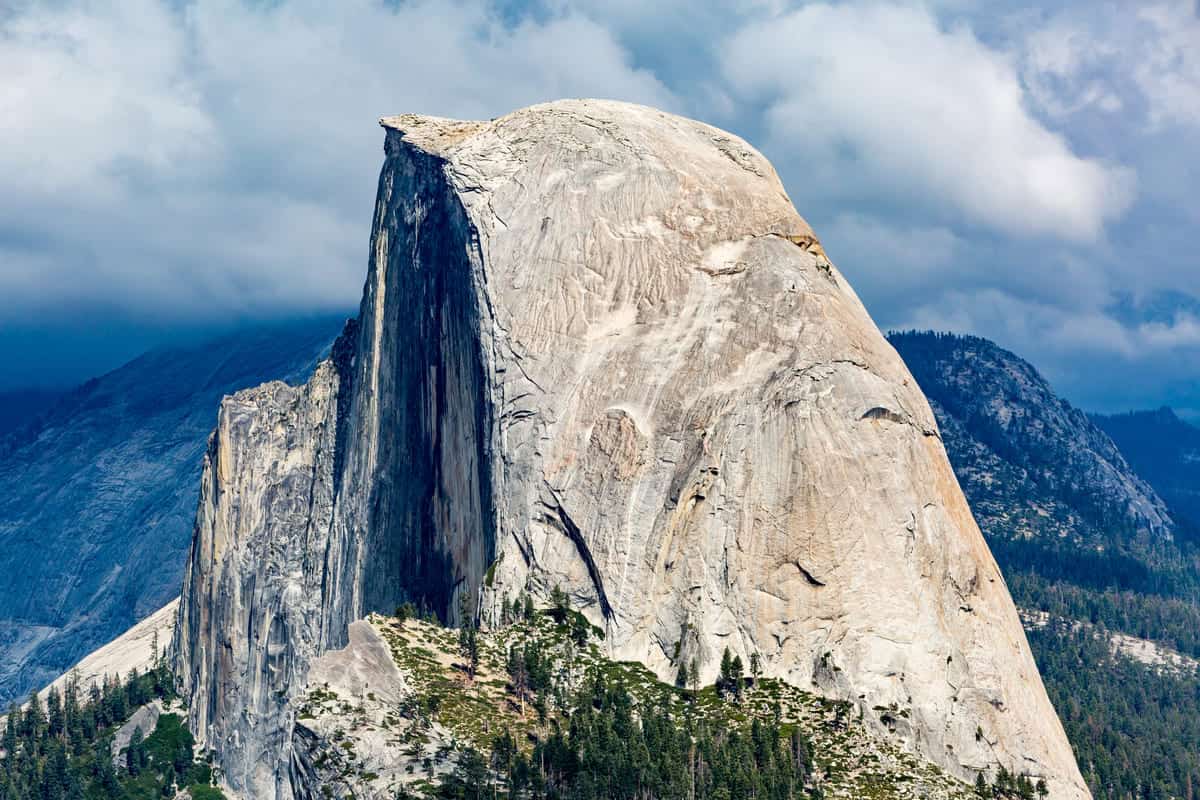
At Yosemite National Park, the Half Dome hike includes the infamous Mist Trail.
It’s not just the slippery rocks; the cable route to the summit can be a strenuous climb fraught with risk, especially when crowded.
3. Bright Angel Trail’s Heat Exposure
Trek the Bright Angel Trail in the Grand Canyon, and you’ll feel the intense heat.
Each year, numerous heat-related rescues are conducted in Grand Canyon National Park, so hydration and timing are critical.
4. Huckleberry Mountain and Muir Snowfield
In Glacier National Park near Mount Rainier, the way to Huckleberry Mountain and Muir Snowfield can be deceptive. Sudden weather changes and snow hazards add to the challenge of scaling these heights.
5. Pikes Peak Barr Trail’s Altitude
Starting from Manitou Springs, Colorado, the Barr Trail climbs Pikes Peak.
Pike’s high altitude induces risks like lightning and thinner air, turning a hike into a battle for those unprepared for the conditions.
6. Kalalau Trail’s Cliffside Walk
Hawaii’s Kalalau Trail on the Na Pali Coast, Kauai promises lush landscapes next to cliffs. Its slippery paths and sheer drops require agility and nerve.
7. Angels Landing Zion National Park
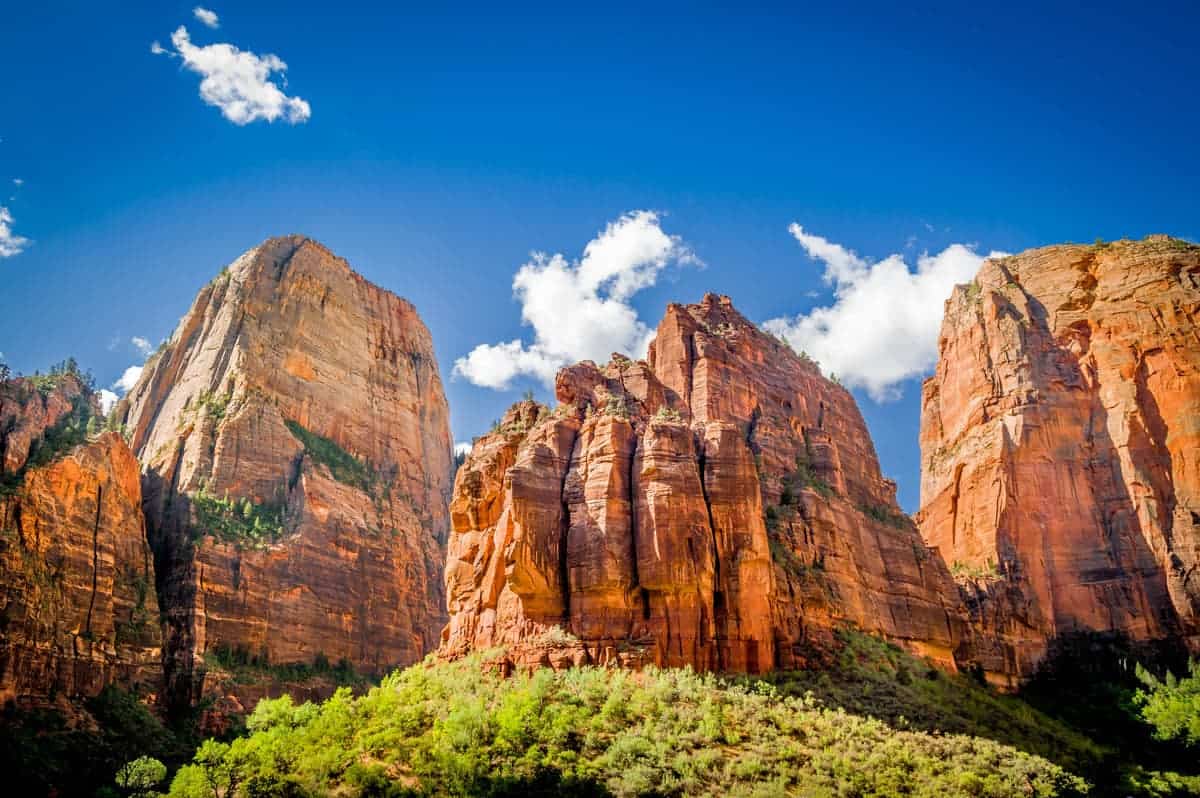
Zion National Park, Utah is home to Angels Landing, a trek with narrow ridges and sheer drops. This hike is not for the faint of heart or those wary of heights.
8. The Maze: Remote and Unforgiving
Utah’s Canyonlands National Park offers The Maze, a trail as confusing as its name. The remote nature here means any misstep can lead to being lost with help far away – a place where self-reliance is non-negotiable.
9. Buckskin Gulch’s Dangerous Floods
Buckskin Gulch is a formidable slot canyon known for flash floods. Pay heed to the weather forecast; a stream that seems calm one moment can be a torrent the next.
10. Capitol Peak’s Knife Edge
In Colorado’s Elk Range near Aspen, Capitol Peak presents “The Knife Edge,” a dangerously thin ridge requiring solid nerves and precise footwork to navigate successfully.
Now that we’ve seen some of the most dangerous hikes in America, let’s check out some dream backpacking locations in America.
Understanding the Risks of Hiking in America

Hiking is an awesome way to be one with nature, but it’s not without its dangers.
From sudden weather changes to the challenging terrain, knowing the risks helps you stay safe.
Weather Challenges You’ll Find
You might start your hike with blue skies, but the weather can shift rapidly, so be prepared for the following:
- High winds
- Storms
- Heavy rainfall
Flash floods can occur with little warning, and hypothermia or heat-related issues are common if you’re not equipped for the conditions.
Terrain and Trail Conditions
Trails can feature treacherously steep inclines, slippery surfaces, and knife-edge ridges. Elevation gains can be deceptive and cause fatigue or dizziness. The following paths increase the risk of falls:
- Uneven routes
- Loose paths
For example, a slip could be fatal on Angel’s Landing in Zion National Park.
Wildlife Encounters
You’ll find a ton of wildlife on just about any hike, especially in areas with grizzly bears, which require serious attention.
Always maintain a safe distance and know how to store food properly. Unexpected meetings with wildlife are part of what makes a hike dangerous.
Physical Demands and Health Risks
In addition to that, the physicality of a trail can push your body to its limits. Be aware of your own fatigability.
Lack of rest and hydration can lead to serious health issues.
In remote areas, like The Maze in Canyonlands, help isn’t just around the corner. You’re going to be out there by yourself.
Navigational Difficulties
Even the most experienced hikers can get lost. Reliance on apps like Outside may not always be your salvation, as service is unreliable in the backcountry. So, better brush up on your map and compass skills to avoid getting disoriented!
Safety Measures and Preparedness
Don’t just rely on a good plan; execute it. Safety should be your top priority, never compromise for the sake of adventure.
Core Mountaineering Pro-Tip: Make sure you have the right gear, know the route, tell someone your plan, and always rest adequately.
Unique Hazards by Location
Some hikes have hazards that are unique to their location.
For instance, hikes in desert regions might expose you to toxic algae or harmful currents in otherwise serene-looking waters.
Watery accidents like drowning can happen if you underestimate these dangers.
The Impact of Hiking on Nature
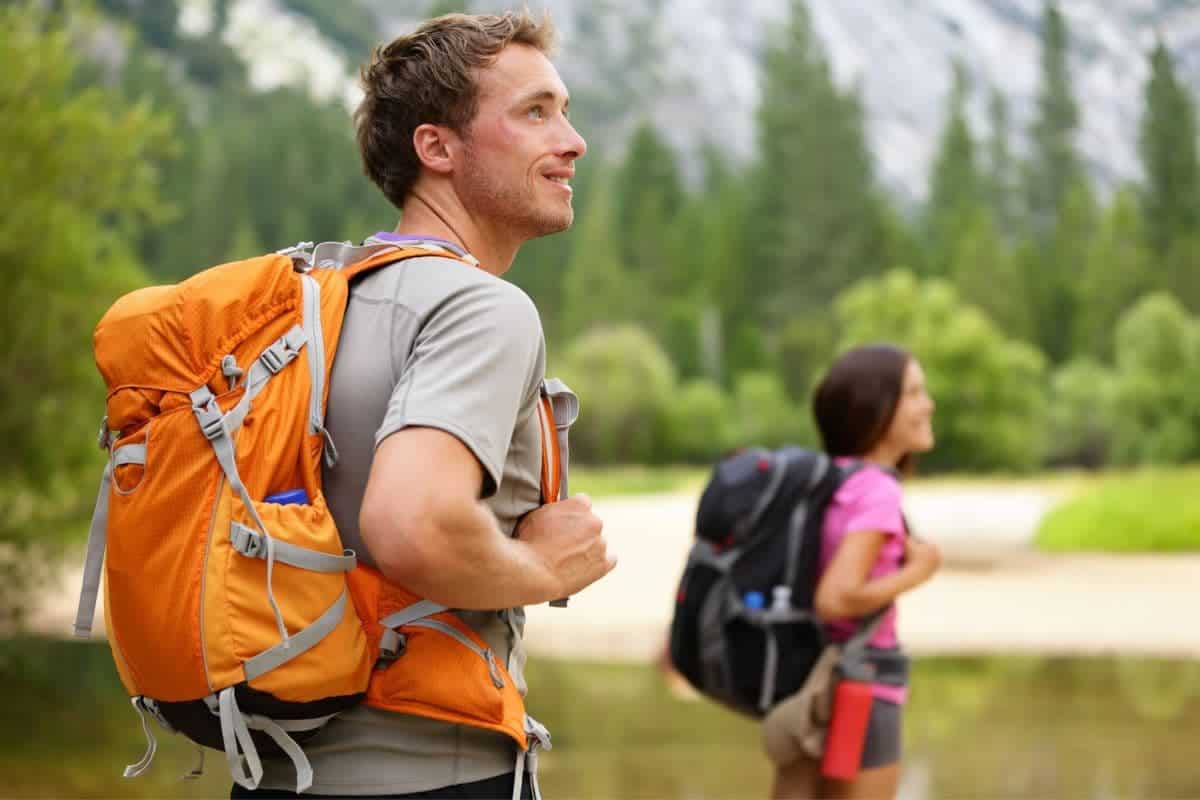
When you’re gearing up for a hike and stepping into the wilderness, your impact stretches further than the path you walk on.
Everything you do out there can really touch the life around you, from the plants and animals to the trails we all love to explore.
Responsibility Towards Flora and Fauna
Be mindful of the delicate balance of the ecosystems you visit. The vibrant wildflowers, lush vegetation, and diverse wildlife you encounter are part of a complex network that relies on each part to thrive.
Core Mountaineering Pro-Tip: Keep interactions with wildlife to a minimum; remember, feeding animals can disrupt their natural foraging habits and endanger their health.
When you hike, stay on marked trails to avoid disturbing native plants and nesting areas of wild animals.
What to do: Respect wildlife, maintain a safe distance from wild animals, and avoid disrupting their natural behavior.
Trail Erosion and Human Pressure
The very trails that grant you access to nature’s splendor are subject to erosion, especially in mountainous areas where slopes can be steep. Heavy traffic compacts soil and damages vegetation, leading to increased runoff and erosion.
Stick to established trails and consider visiting less popular routes or hiking during offseasons to distribute human pressure more evenly.
What to avoid: Avoid creating new trails and shortcuts. Switchbacks or creating new paths can accelerate erosion and harm the trail’s integrity.
Balancing Recreation with Conservation
When camping, use designated sites and follow Leave No Trace principles.
In areas like waterfalls and swimming holes, remember that seemingly resilient environments are fragile; what you do today dictates their tomorrow. Practice sustainable recreation by minimizing your presence and protecting natural water sources from contamination.
What to practice: Practice conservation. Always pack out what you pack in, and use biodegradable products when possible.
Avoiding Environmental Damage
You can enjoy the serenity of creeks, streams, and waterfalls without leaving a mark. Swim and play in designated areas, and be cautious of fragile creek banks that can be easily damaged.
When on the trail, prevent erosion by not straying off defined paths, and when camping, do so responsibly to avoid unnecessary damage to the surrounding environment.
How to protect: Keep soaps and chemicals out of natural water bodies to prevent pollution.
Overall, it’s all about how we keep these places thriving and sustainable for everyone to enjoy!
The Role of Authorities and Organizations
When hitting the trails on these dangerous hikes, your safety is a priority, and that’s where park authorities and organizations step in. They set rules, conduct rescues, and educate to make your adventure as safe as possible.
Park Regulations and Guidelines
Your trek starts with the rules laid out by the parks—you’ve got to play by the book. Park regulations are there to keep you safe. Expect to encounter:
- Permit Requirements: Limited to control traffic.
- Trail Advisories: Updated conditions.
- Mandatory Gear: Lists for your safety.
- Wildlife Instructions: To protect both you and the animals.
Adhering to these guidelines minimizes risks of injuries and park fatalities.
Rescue Operations and Costs
Got into a bit of a scrape? Search and rescue teams are trained for this. But remember, rescues can be:
- Risky: For both you and the rescuers.
- Expensive: Costs can pile up, so consider insurance.
Search and rescue operations address injuries and manage hiking emergencies, but at times, these come with a financial burden.
Educational Programs and Awareness
Before you set out, scoop up all the info you can. Educational materials are gold:
- Safety Workshops: Get the lowdown on trail specifics.
- Awareness Campaigns: Learn about the risks.
Park authorities provide resources to help you understand the dangers, ultimately lowering the chances of trouble on your hike.
Beyond the Hike: The Hiking Community
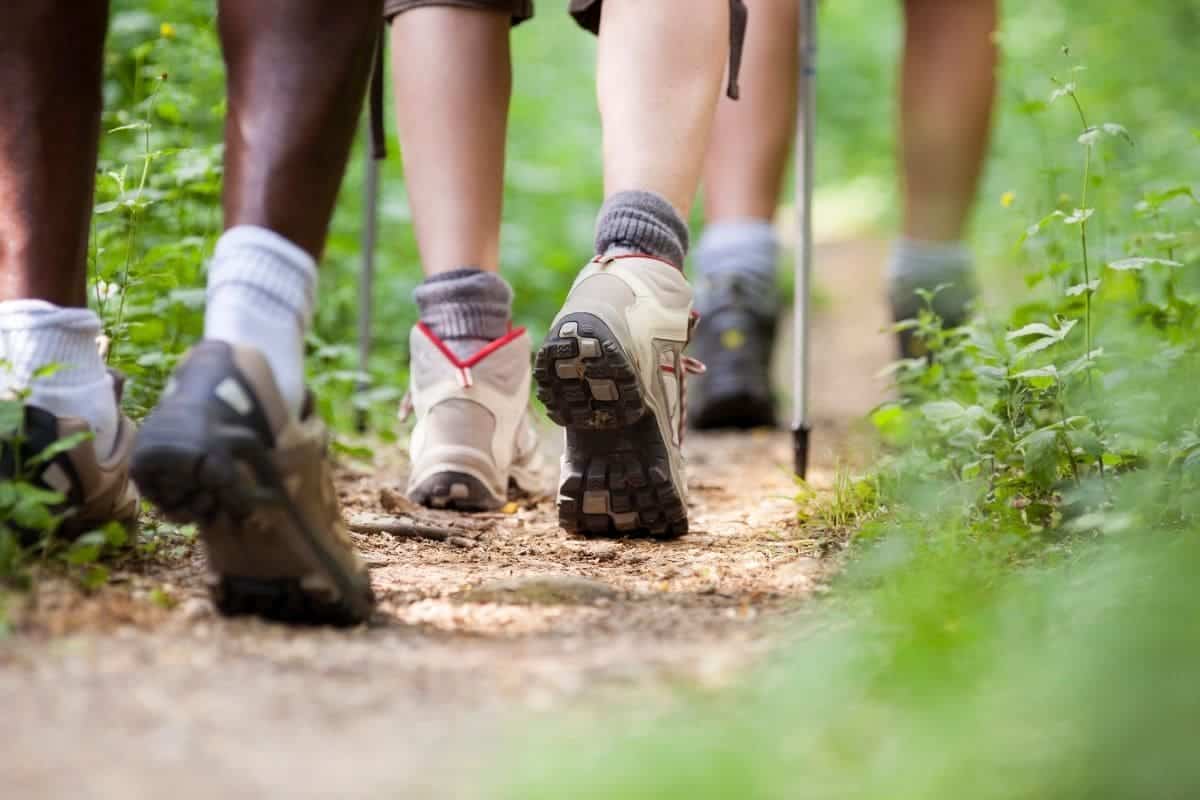
When you immerse yourself in the world of hiking, you’re not just taking on trails—you’re joining a vibrant community. Here you’ll find a wealth of stories and groups that enhance the entire experience.
Sharing Stories and Experiences
Every hike you take has a story, with moments that can range from exhilarating to harrowing. Personal accounts from fellow hikers resonate within the community, serving as both cautionary tales and inspirational narratives.
Whether it’s a blog post, a forum thread, or a fireside recount, these tales connect you with others who’ve faced similar challenges.
Platforms for sharing:
| Platform Type | Examples | Ideal Content Type |
|---|---|---|
| Social Media | Instagram, Twitter | Quick updates, stunning images, short stories |
| Facebook, TikTok | Video clips, live streams | |
| Hiking Forums | Reddit, Hiking Project | Detailed trip reports, questions, gear reviews |
| Trail Forums, SummitPost | Safety tips, route descriptions | |
| Personal Blogs | WordPress, Blogger | Long-form narratives, comprehensive guides |
| Medium | Opinion pieces, personal experiences | |
| Video Sharing | YouTube, Vimeo | Full-length hike vlogs, instructional videos |
| Photo Sharing | Flickr, 500px | High-quality photography, photo stories |
| Podcasts | Anchor, Podbean | Hiking stories, interviews, gear discussions |
Core Mountaineering Pro-Tip: Share your experiences! Your stories could enrich the community’s knowledge base, guiding both newcomers and seasoned trekkers alike.
Hiking Clubs and Group Treks
Joining a hiking club can boost your hiking game. You’ll find companionship, guidance, and the collective wisdom of the group.
You’re not just out on a walk; group activities foster a shared sense of adventure and accomplishment.
Benefits of club membership:
- Group treks to challenging trails
- Safety in numbers
- Skills workshops
- Networking opportunities
Whether it’s your local chapter or a national organization, these clubs often become a pivotal part of your hiking journey.
Frequently Asked Questions
What trails are considered the top challenging hikes in national parks?
In Zion National Park, Angel’s Landing draws adrenaline junkies with its narrow pathways and sheer drops. Also, the Grand Canyon’s Rim-to-Rim trek is just as imposing, with extreme heat and grueling distance.
Which hikes should be on my bucket list for their difficulty and thrill?
Capitol Peak via the Knife Edge in Colorado is a must-do for its harrowing ledge walk. Meanwhile, Mt. Washington’s Huntington Ravine Trail in New Hampshire should also be on your list for its steep rock scrambles.
Can you name some of the most treacherous hikes located in California?
California’s Mount Whitney Trail might lure you with the title of the highest peak in the contiguous United States, but beware of its altitude challenges. The Half Dome in Yosemite National Park also ranks high with its infamous cable route.
Where are America’s most secluded and risky hiking trails?
The Maze in Canyonlands, Utah, offers isolation and complex route-finding, while Alaska’s Harding Icefield Trail is remote and demanding, known for its wild conditions and potential wildlife encounters.
What are some hikes known for their daunting reputation on the East Coast?
In New Hampshire, the sheer cliffs and icy conditions of the Tuckerman Ravine Trail on Mt. Washington stand out. Maine’s Knife Edge Trail on Mount Katahdin offers a razor-thin path with drops that will test your nerve.
What makes hikes in Hawaii known for being particularly hazardous?
Hawaii’s trails, like the Kalalau Trail in Kauai, are notorious for swiftly changing weather, flash floods, and treacherous ridges. The verdant beauty is matched only by the trails’ perilous nature.
Wrapping Up – Conquer America’s Toughest Hikes with Confidence
America’s most dangerous hikes are like stepping into a world where every view is a postcard, and every step could be a story in itself.
They’re epic adventures where you’ll need to be on your game, respecting nature and sticking to safety rules like your life depends on it—because it does.
The real win isn’t just making it to the top; it’s about soaking up the experience, learning a thing or two about nature, and getting back home with incredible stories to tell. After all, what’s an adventure without a little risk and a whole lot of respect for the great outdoors?

